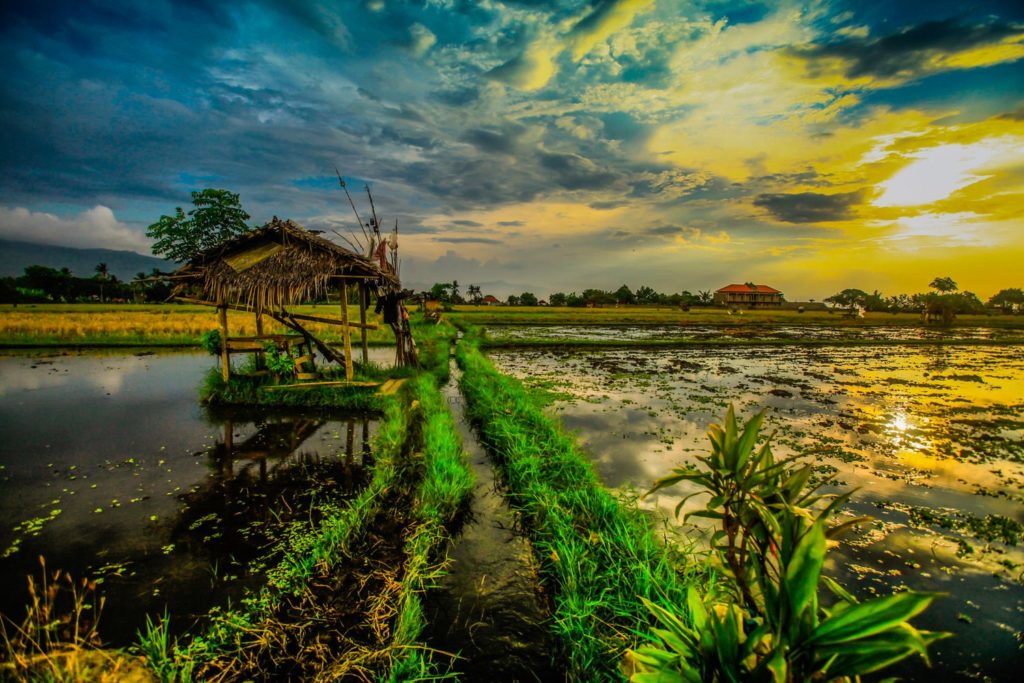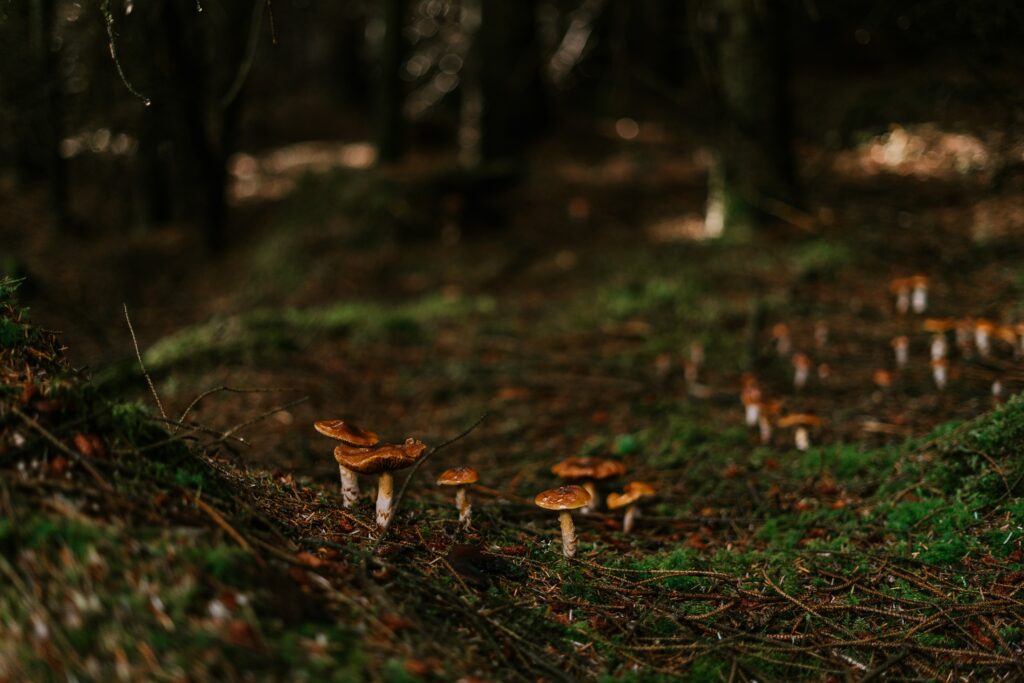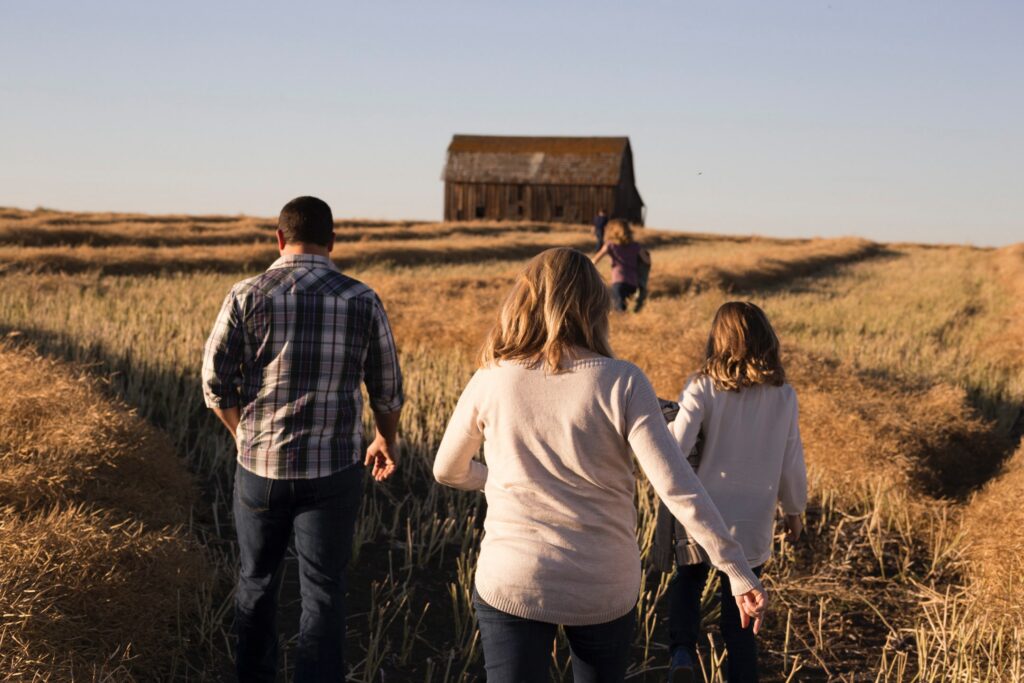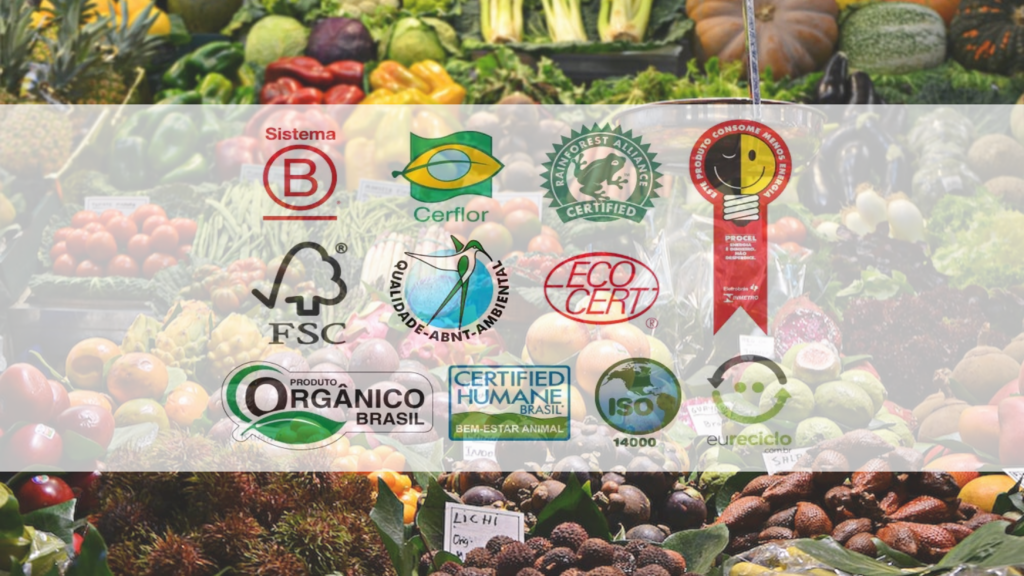Syntropic agriculture is a term recently used to describe a more regenerative agriculture that tends to complicate the system. Syntropy is the opposite of entropy—in relation to particles (in entropy, particles tend from organized to disorganized, contained to scattered, in all physical aspects of matter).
The term that is being coined, mainly in the scope of agroforestry, tends to make a relationship with creating more complex and biodiverse systems in space and time — not having a direct relationship with the “particles”, but, mainly, with the diversity and low environmental impact.
In other words, the term does not define and/or consolidate specific practices of a particular school, but rather encompasses a series of integrated and conservationist management practices — basically, using agroforestry principles of succession and stratification, empirical knowledge and, mainly, producing all the input (biomass) within the system itself (in its idealized form).
More holistic approaches and linking cosmic feelings and emanations to intrinsic link between human beings and agriculture, were already recommended by biodynamics, the first organic agriculture developed (1920s), which adopts ancestral principles of soil and species management, involving human beings in an organic way in the process and approaching mystical and astrological concepts. However, the biodynamics accepts the insertion of external inputs and does not necessarily involve trees in the production system. Thus, although practically all biodynamic practices fit (or could fit) in the so-called syntropic agriculture, the principle of biomass production and emphasis on pruning, permeated by “unconditional love” and by the perfection in composing the productive vertical strata, they are points of divergence or, better said, evolutionary-complementary.




 agroforestry taken seriously
agroforestry taken seriously 